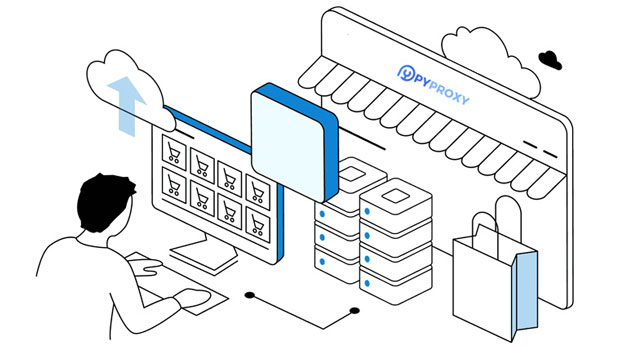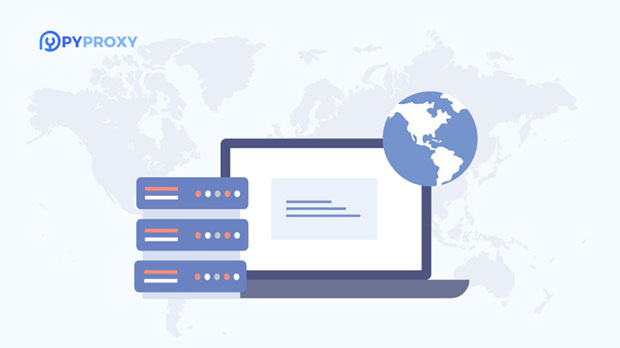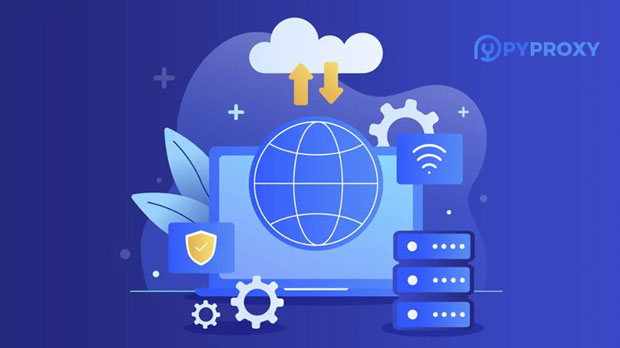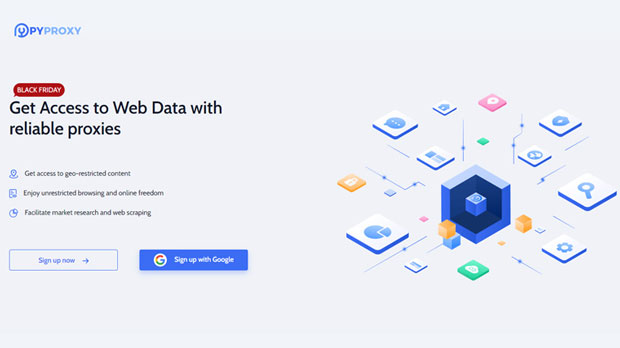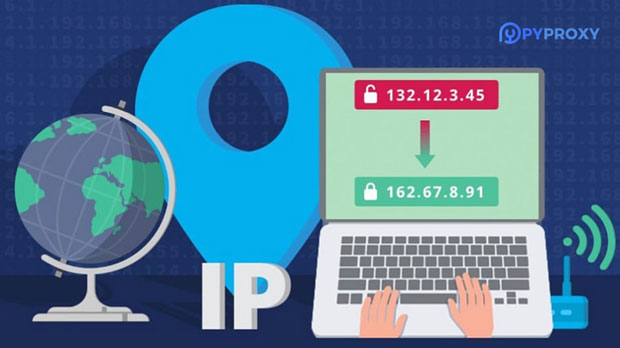How to use US proxy IP in social media Facebook, Instagram, Twitter management?
In today’s digital era, social media platforms like Facebook, Instagram, and Twitter have become essential tools for businesses and individuals. Managing these accounts effectively is critical for maintaining an online presence. One of the methods used by social media managers to enhance performance, improve security, and access geo-restricted content is through the use of US proxy ips. These proxies allow users to mask their actual location and appear as if they are accessing the internet from the United States. This can be incredibly useful for bypassing geographical restrictions, conducting market research, and automating tasks like content posting or data collection. In this article, we will explore how US proxy ips can be leveraged in social media management for Facebook, Instagram, and Twitter. What is a US Proxy IP?A US proxy IP is an intermediary server that acts as a gateway between a user and the internet. When using a proxy, your internet traffic is routed through the proxy server, making it appear as though the connection is coming from the United States, even if the user is located elsewhere. This is particularly beneficial for those who wish to access geo-blocked content or wish to remain anonymous online. For social media management, using a US proxy can help overcome geographical restrictions, enhance account security, and ensure smooth operations across platforms like Facebook, Instagram, and Twitter.Advantages of Using US Proxy IPs for Social Media ManagementSocial media managers can benefit from using US proxy IPs in various ways. Here are some of the key advantages:1. Bypassing Geo-Restrictions Certain content or features on Facebook, Instagram, or Twitter may be restricted based on your location. By using a US proxy IP, you can bypass these restrictions and gain access to region-specific content, posts, and features. For example, some advertisements or promotions may only be available to users in the United States. A proxy can make it possible to view and engage with these offers without any geographical limitations.2. Enhanced Privacy and Security Managing multiple social media accounts often involves handling sensitive information. By using a US proxy IP, social media managers can add an extra layer of security to their accounts. The proxy hides your true IP address, making it more difficult for malicious entities to track your activities. This also helps to reduce the risk of account hacking, identity theft, and other cyber threats.3. Access to Localized Content Social media platforms tend to deliver different content based on the user's geographic location. This means that what appears in your feed might differ from what is visible to users in the United States. Using a US proxy IP allows managers to gain insights into the content that is popular or trending in the United States, which is essential for marketers or businesses looking to tailor their campaigns based on local trends and audience preferences.4. Automating Tasks For businesses managing multiple social media accounts or performing large-scale activities like posting content, interacting with followers, or conducting outreach, automation tools are often employed. When using US proxy IPs, automation tools can simulate human behavior from different locations in the US, ensuring that social media activities appear natural and not bot-like. This helps to prevent accounts from being flagged for suspicious behavior.How to Use US Proxy IPs for Social Media ManagementUsing US proxy IPs for managing social media platforms like Facebook, Instagram, and Twitter is relatively straightforward. Below are some common methods and practical tips for effectively incorporating US proxy IPs into social media management:1. Setting Up the Proxy The first step in using a US proxy IP is to set it up in your network settings. This can usually be done through your browser or social media management tools. Many platforms allow you to configure proxy settings directly, which routes your traffic through the US-based server. Alternatively, you can use proxy software or VPN services that offer US-based IP addresses. Once the setup is complete, your internet activity will appear as if it is originating from the United States.2. Choosing the Right Proxy for Social Media When selecting a proxy, consider whether you need a residential or data center proxy. residential proxies are often preferred for social media management because they provide more legitimate-looking traffic. These proxies route requests through real devices and IP addresses, which reduces the risk of being flagged by social media platforms for suspicious activity. On the other hand, data center proxies are faster but more likely to be detected as bots.3. Using Proxies for Content Monitoring Social media managers can use US proxy IPs to monitor competitor activity and trends within the United States. By masking your location, you can analyze how competitors are engaging with their audience, what content they are posting, and which promotions are most effective. This provides valuable insights that can be used to refine your own social media strategy and improve engagement with your target audience.4. Automating Posting and Engagement Using US proxy IPs can help automate tasks such as scheduling posts, liking posts, or replying to comments on Facebook, Instagram, and Twitter. Automation tools that integrate proxies ensure that these activities seem natural to the social media platforms, preventing account suspension. With proxies, you can maintain multiple accounts from different locations, post content at optimal times, and engage with your followers without appearing as though automation is being used.Risks and Challenges of Using US Proxy IPsAlthough there are numerous benefits to using US proxy IPs for social media management, there are some risks and challenges that should be considered:1. Risk of Account Bans Social media platforms have strict rules against the use of proxies and automation tools. If your activities seem suspicious or violate the platform’s terms of service, your account could be flagged or banned. To minimize the risk of detection, it is crucial to use high-quality, residential proxies and avoid performing too many actions in a short period. Social media platforms are continually updating their algorithms to detect and prevent bot-like behavior, so always monitor your activity closely.2. Proxy Quality Not all proxies are created equal. Some may be slow, unreliable, or easily detected by social media platforms. It is important to choose high-quality proxies that are less likely to be flagged. Poor-quality proxies can result in slow performance, downtime, and ultimately, lost productivity. Always opt for proxies that offer high anonymity and are well-suited for social media use.3. Cost Considerations While proxies can be an invaluable tool for social media management, they do come at a cost. Residential proxies tend to be more expensive than data center proxies, so businesses will need to weigh the cost against the potential benefits. Budgeting for proxies should be part of the overall social media strategy, especially for larger businesses managing multiple accounts.ConclusionIncorporating US proxy IPs into social media management can offer several advantages, from bypassing geo-restrictions and securing online activities to automating processes and gaining access to localized content. However, social media managers should be mindful of the risks and challenges, such as account bans and proxy quality issues. By selecting the right proxies, automating tasks carefully, and monitoring account activities, social media managers can effectively use US proxies to optimize their social media strategy and enhance their online presence.
2025-02-13
















































